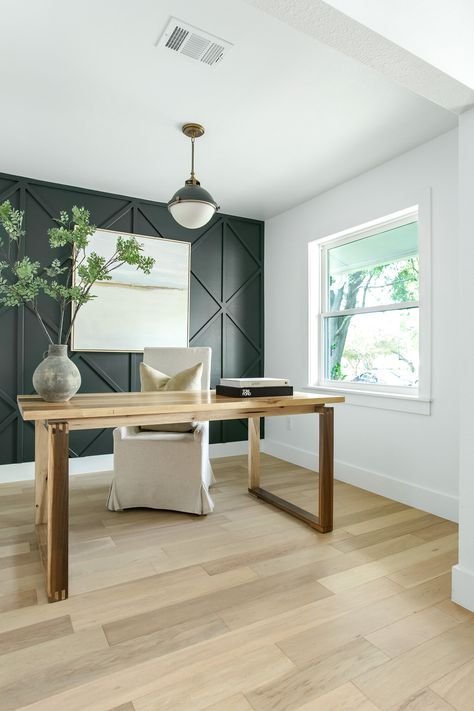Confusion in the Workplace
Why are there certain workplace designs that are unsettling?
From an evolutionary perspective, humans evolved to notice inconsistencies (“What doesn’t belong here?”) to identify potential dangers. From the sound of a threatening animal to a berry with a funky smell, we were made to consistently input large amounts of stimuli and notice those that didn’t belong.
In the modern world, every time we enter into a room we quickly glance around to take in our surroundings. Subconsciously, our minds are making calculations about what is typical and what isn’t. Sometimes the irregularity can be a pleasant surprise (“Why does my office smell like chocolate chip cookies?”) but often times ineffective interior design can make our brains unnecessarily undergo mental gymnastics. Of course, we don’t often notice this — but we do identify some spaces as “calming” while others as “unsettling” or “chaotic.” Much of this is due to how much our brains have to work before they can relax and assume that we are safe.
And ultimately, don’t we all want to feel safe in the spaces where we spend the majority of our time?
Some design concepts that may cause a subconscious hesitation may include:
too much or too little furniture in a space
awkward or blocked paths for movement
one colorful item without other items of the same/similar color in the space
broken or peeling objects
one design approach (a style or color) clustered in a corner of the room rather than spread evenly throughout
in certain cases, even numbered items
blocked entry/exit doors
We’ll discuss each of these in more depth but for now, take a look at your workspace (from your typical entry point) and see if there are any aspects of the room that would potentially make your brain need to work just a bit harder to figure out what’s going on. If you’re interested in creating a more peaceful environment, consider addressing those items and see how you feel.
A calming space that doesn’t take too much time for our brains to “figure out” what’s going on.

